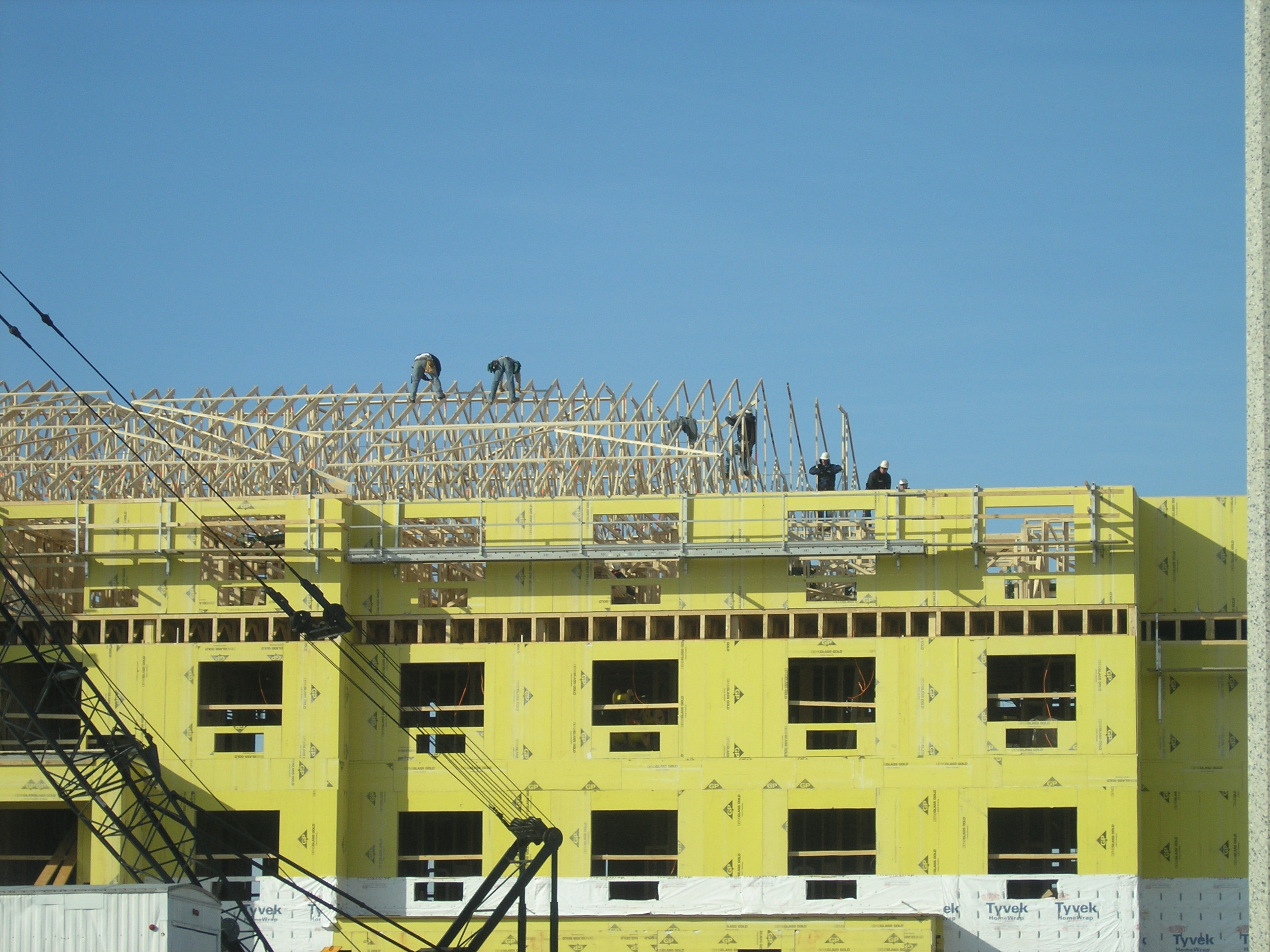Temporary Bracing

During component installation, temporary restraint/bracing provides stability against unintended movement or loading prior to the application of exterior sheathing. Structural components are designed to withstand loading conditions over the course of the life of the structure under normal use conditions. However, during construction, insufficient temporary restraint/bracing may lead instability and even collapse under certain conditions such as high winds or seismic events. The resources below provide guidance on issues pertaining to the application of temporary restraint/bracing.
Top Resources
The BCSI-B2 Summary Sheet provides options for safe temporary restraint/bracing installations and strongly emphasizes how all lateral restraint needs to be stabilized with diagonal bracing.
The B7 Summary Sheet provides a summary of the temporary and permanent restraint/bracing guidelines included in section B7 of the BCSI book for 3x2 and 4x2 parallel chord trusses, as well as information on handling and installing these products.
The BCSI-B10 Summary Sheet provides guidelines for the proper handling, installing, restraining and bracing of flat bottom chord MPCW trusses spaced more than two feet on-center in engineered post frame building system applications.
Best Practices
Due to the greater dimensions and weight, long span trusses have a greater chance of instability, buckling, and even collapse during handling and installation. This presentation provides a step by step example of proper handling and installation of long span trusses.
Jobsite Packages provide best practice information regarding handling and installing components to include with every jobsite delivery. Temporary bracing information is available for many components including roof trusses, post frame trusses, and wall panels.




